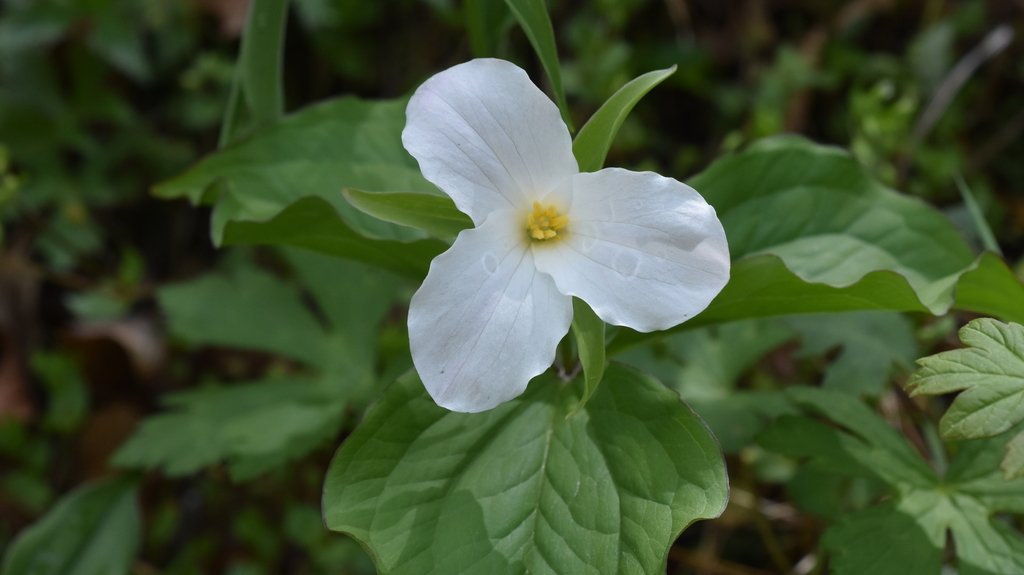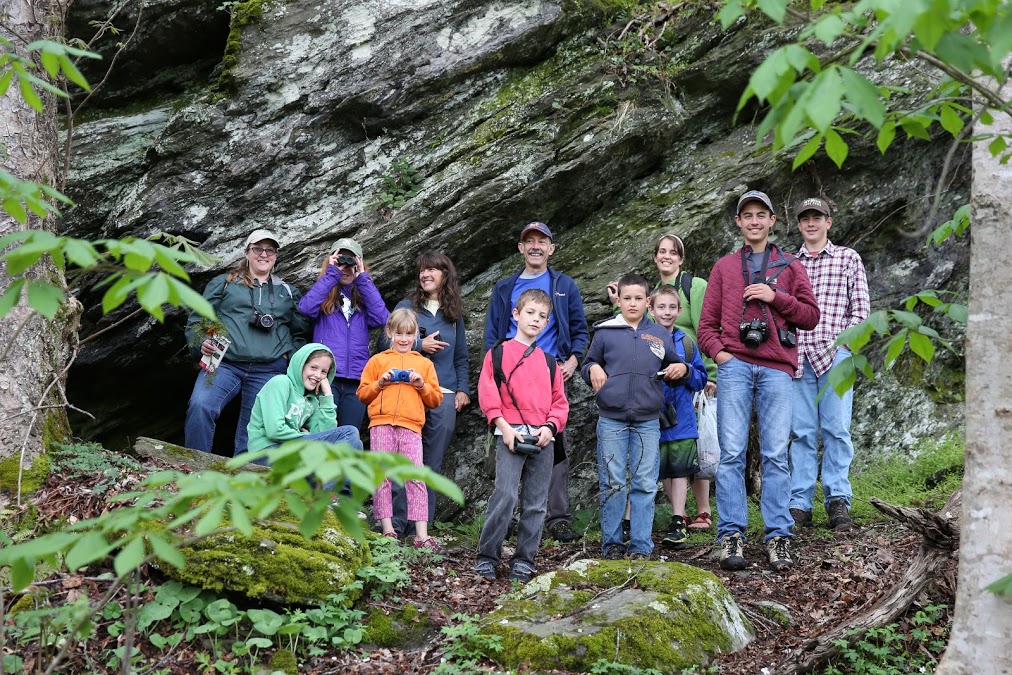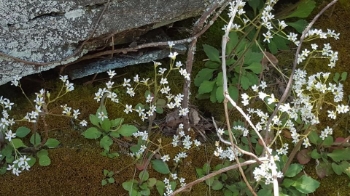

Spring Ephemerals
Spring is in full swing in the Blue Ridge! We can tell thanks to the small, ground-dwelling plants that have started to bloom—the spring ephemerals! Spring beauty, Dutchman’s breeches, and trillium are among our favorites—keep reading for more info about these gorgeous short-lived wildflowers.

Wildflower Walk Recap
If you didn’t get a chance to join us on our wildflower walk last Sunday, here’s your chance to live vicariously through pictures! We saw Virginia Spring Beauties, Mayapples, Red Columbine, Jack-in-the-Pulpit, Wild Ginger, and Wake Robin (to name a few).

Countdown to the Mount Rogers Naturalist Rally 50th Anniversary!
It’s almost time for a very SPECIAL Mount Rogers Spring Naturalist Rally!

Young Explorers Hit the New River Trail
The Young Explorers Club set out for a wildflower walk on Saturday, April 23rd in search of spring wildflowers and birds.

Explorers Club Spring Wildflower Walk
Carol Broderson led a group of 17 explorers on an early spring, wildflower walk along the New River Trail last Saturday.